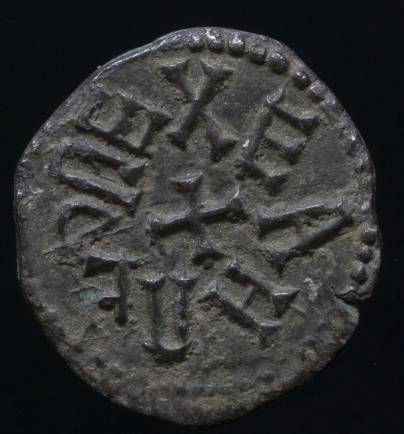The Coinage of Eoforwic
Andrew Woods
 York Museums Trust
York Museums Trust
- Monday 15 June 2015, 2.00PM to 3.00pm
- £5, Museum admission also applies
- Yorkshire Museum, Museum Gardens (map)
![]()
All galleries are fully accessible but the reading room and historic library are not accessible to wheelchairs. Please contact us on 01904 697979 if you wish to access these facilities and we will do our best to help you.
Event details
![]()
Anglian York - Eoforwic - was one of the richest and most important towns in England. Come and discover what York's hidden coins reveal about life, kings and religion in the early medieval town. The talk will include a handling session.
Speaker biography
Andrew Woods is the Curator of Numismatics at the Yorkshire Museum. He previously worked as an assistant in the department of Coins and Medals in the Fitzwilliam Museum after completing his PhD in Archaeology with a thesis entitled ‘Currency of the Ostmen: Money and Economy in Late Viking-Age Ireland’. Prior to this he was joint coordinator of the Scandinavian Archaeology unit in the Division of Archaeology and employed as a research assistant on the excavation of the Brough of Deerness, an important Viking site in the Isles of Orkney.
Andrew’s research interests are numismatics and archaeology in Ireland and the Irish Sea region and Viking economies, the nature of exchange, and the insular world.
Additional links
Find out more about York Museums Trust on the website and Twitter.
Eoforwic Ale
Using an authentic Anglo-Saxon recipe, Leeds Brewery is brewing some beer – Eoforwic Ale – for York Festival of Ideas. It will be on sale throughout the Festival at the Duke of York pub on King’s Square, York, and will also be available at the Back to the Beer-Hall: More Anglo-Saxon Poetry evening taking place in the pub on Thursday 11 June.
Guerilla Signs: In search of Anglian York
Eoforwic was the name for York during the four and a half centuries between Roman York and the Viking city. This period, the Anglian (or Anglo-Saxon) era was long, yet there are few visible reminders of it in the modern city. Guerilla signs made by the Friends of York’s Anglian Era will appear along the city walls and elsewhere near the city centre, to highlight the buried evidence and lost treasures of that time.
You may also like...
This event is part of the Eoforwic festival theme. Also in this theme:

